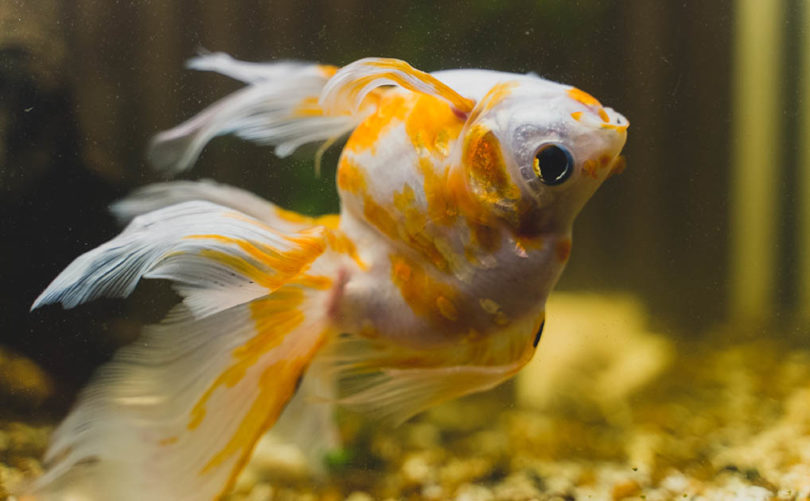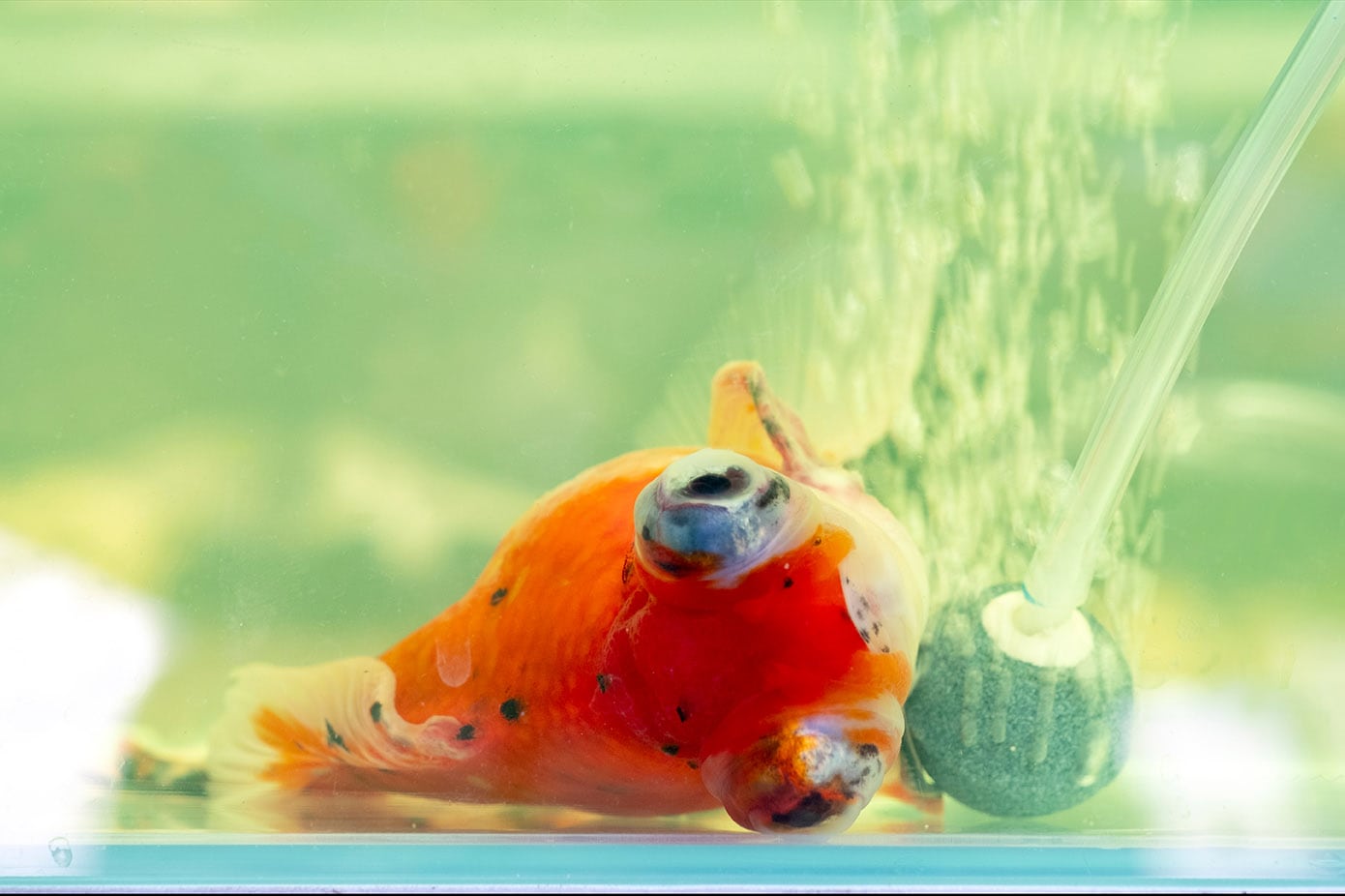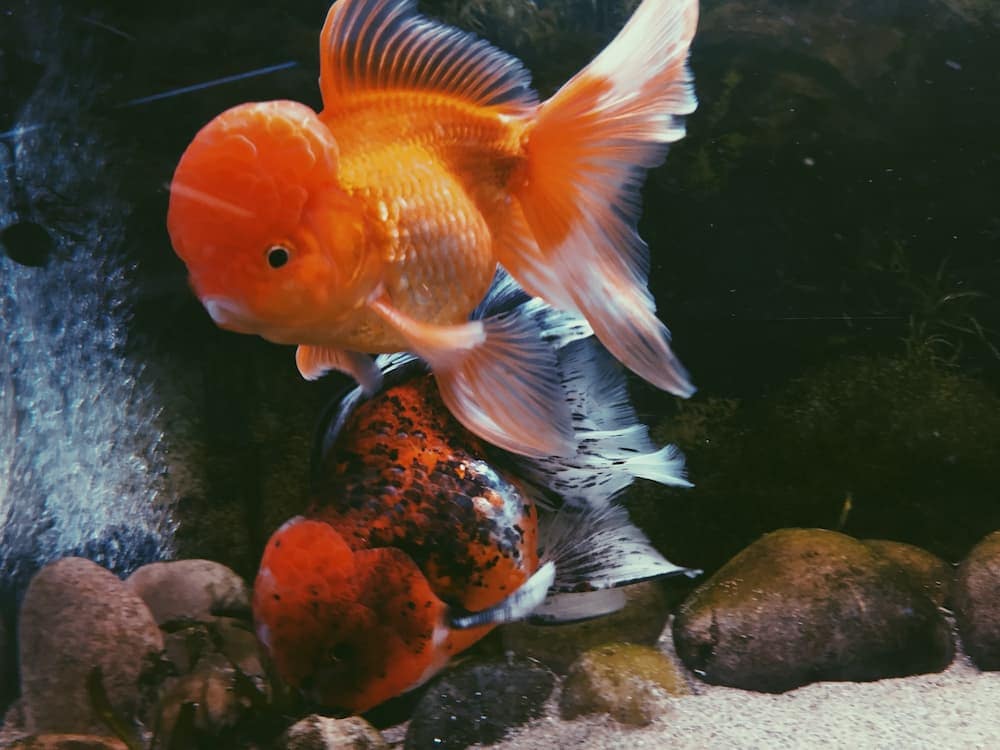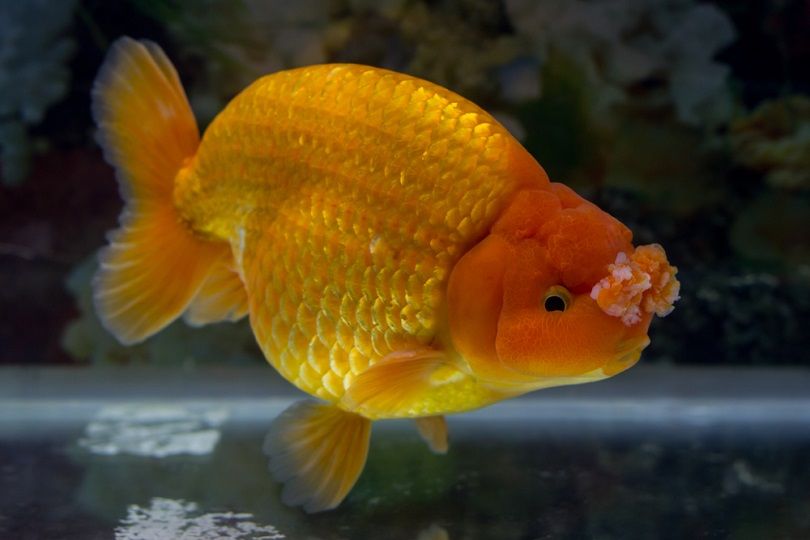
The key to having healthy goldfish is to ensure that they are swimming in a suitable environment. Water quality plays an important role in how your goldfish will thrive and develop in their aquarium or pond, so it is important to keep track of the main components in your goldfish’s water—the ammonia, nitrite, and nitrate levels. Goldfish can easily get sick if their water quality is poor, so maintaining their water quality is an important aspect of caring for your goldfish.
Improving your goldfish’s water quality helps to keep your goldfish healthy and active and we have some tips to help you successfully manage your goldfish’s water so that they can enjoy a clean and fresh environment.
The Top 5 Water Quality and Healthy Goldfish Tips
1. Filtration Systems
Adding a good filtration system to your goldfish aquarium or pond is essential. Filters are relatively inexpensive and play a major role in keeping your goldfish’s water clean through either biological, mechanical, or chemical filtration. There are a variety of filters you can purchase to fit the size of your goldfish’s aquaria and each filter functions differently. Most filters will provide an aquarium with two or more types of filtration, and some more advanced filters will offer all three.
These are the main types of filtration systems used by goldfish keepers:
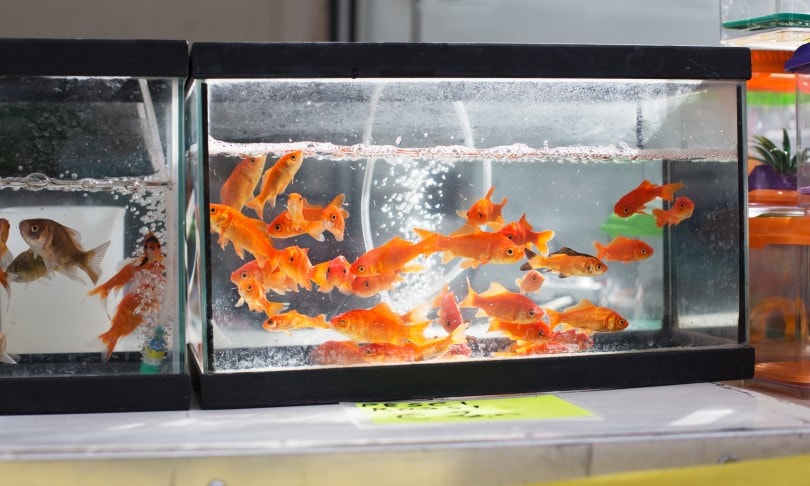
2. Water Changes
Goldfish aquariums should have regular water changes regardless of how good the filtration system is. The number of water changes you perform for a goldfish aquarium will depend on the size of the aquaria, the number of goldfish inside, and the strength of the aquaria’s filtration system. Most goldfish keepers recommend changing roughly 20% to 40% of your goldfish’s water every 2 weeks, but this number can vary. If you have a smaller aquarium with lots of goldfish, you may need to perform a larger water change more frequently.
If you have a large aquarium with fewer goldfish in the correct stocking ratio, you can get away with doing water changes less often. A bucket and siphon come in handy when doing water changes, as a siphon will suck up all the poop and debris that collects at the bottom of an aquarium.
If you are looking for help to get the water quality just right for your goldfish family in their aquarium, or just want to learn more about goldfish water quality (and more!), we recommend you check out the best-selling book, The Truth About Goldfish, on Amazon today.
It covers everything from water conditioners to tank maintenance, and it also gives you full, hard copy access to their essential fishkeeping medicine cabinet!
3. Water Testing Kits
Checking the ammonia, nitrite, and nitrate levels in an aquarium is important. These substances are not visible, so you will need a liquid testing kit to give you a reading on how high the levels are in your goldfish aquarium. It is recommended to use a liquid testing kit over the testing strips because most goldfish experts agree that the liquid tests are more accurate.
For ammonia and nitrite levels, you should ensure that the readings from the testing kit are no higher than 0 ppm (parts per million) as both ammonia and nitrite are toxic to goldfish in even the smallest amount. Goldfish can tolerate a slightly high level of nitrates, but ideally no more than 20 ppm.
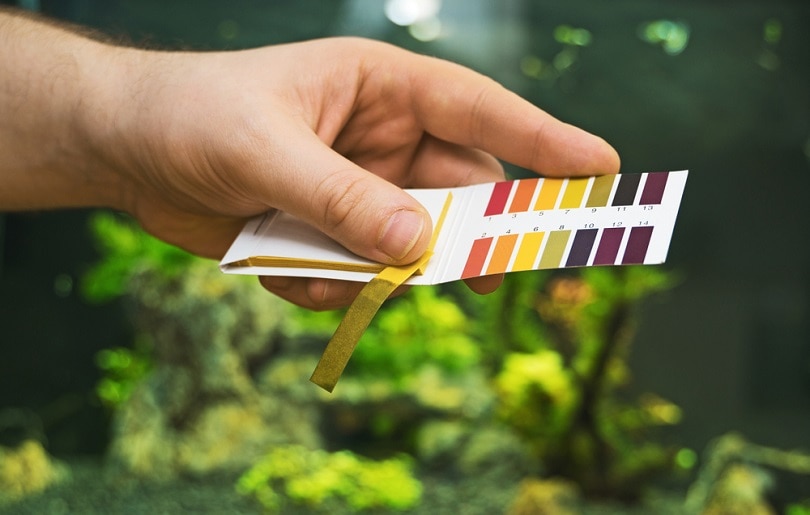
4. The Nitrogen Cycle
Before even placing goldfish in the aquarium, the water and filter should first undergo the nitrogen cycle. This occurs when beneficial bacteria start to establish themselves in the water column, in the filter, substrate, and on any porous surfaces in the aquarium. The nitrogen cycle usually takes a few weeks to occur, and during this time the ammonia and nitrite levels will rise, whereas the nitrate levels will be lowered.
After the aquarium has cycled, the ammonia and nitrite levels will read 0ppm, whereas the nitrate levels will start to rise. The beneficial bacteria will then convert the goldfish waste into a less toxic form of ammonia, known as nitrate. Without the aquarium undergoing this cycle, you risk introducing your goldfish into water that is toxic.
After the nitrogen cycle is completed, it is important not to disturb the balance which will affect the water quality. This means that you should clean any filter media with old tank water rather than run it under a tap where chlorine can kill off the established beneficial bacteria.
5. Water Treatments
There is a broad range of water treatments available to improve the quality of your goldfish’s water. The most popular water treatment available is dechlorinate, which removes chlorine and other heavy metals from the tap water that is toxic to goldfish in high amounts. Other formulas can help lock in ammonia for up to 48 hours, which helps prevent it from becoming harmful to your goldfish, and there are also water treatments that can help encourage beneficial bacteria to grow, which is especially helpful when an aquarium is still undergoing the nitrogen cycle.
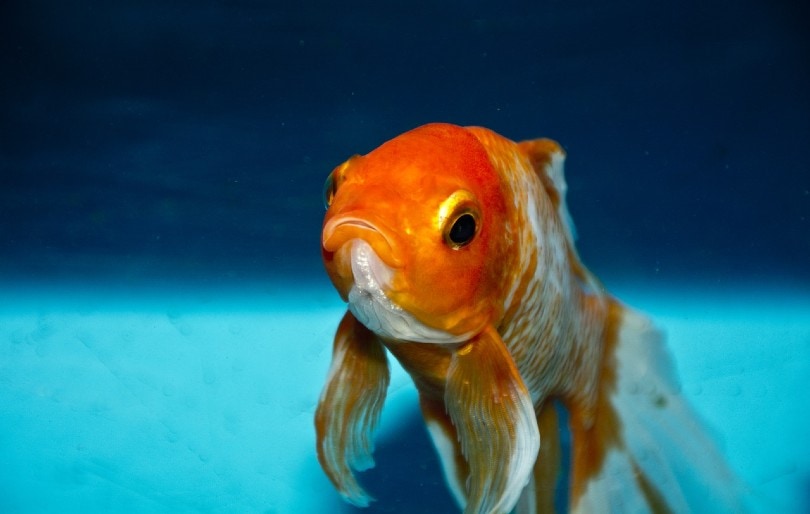
Summary
You will start to notice an improvement in your goldfish’s health and overall quality of life if they are living in an aquarium where the water quality is maintained. It is your job as a goldfish keeper to ensure that your goldfish are swimming in water that is clean and free of harmful substances that can cause them to fall ill.
Featured Image Credit: Ek Ing, Shutterstock




